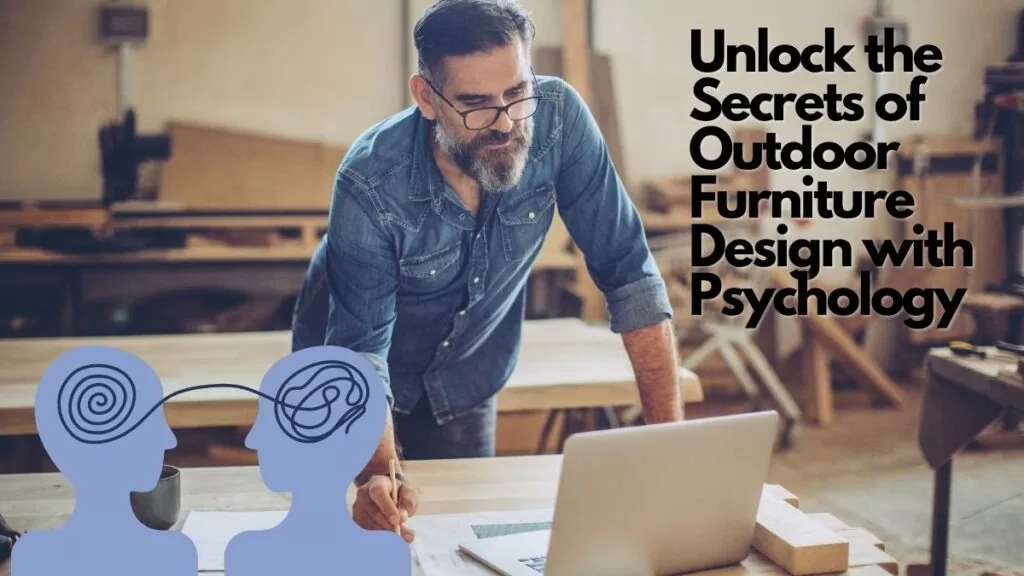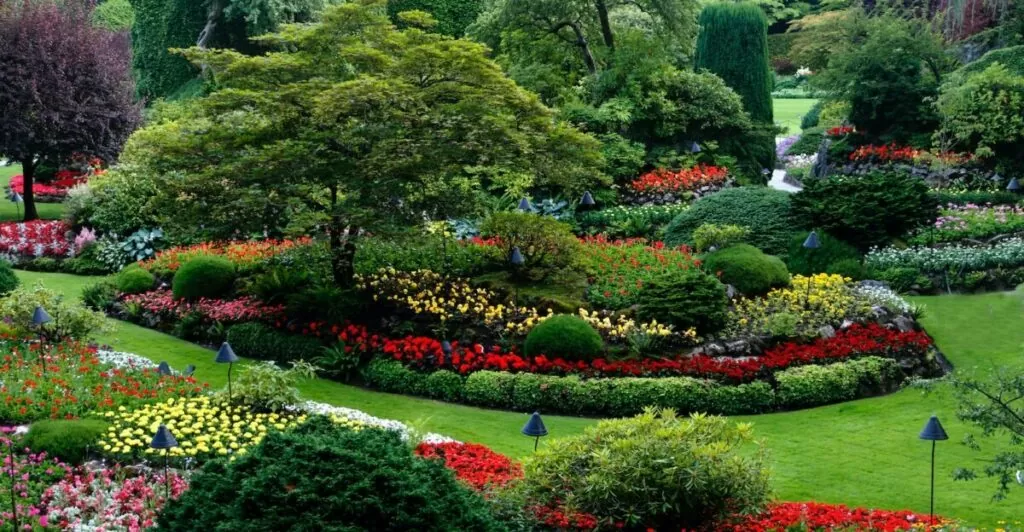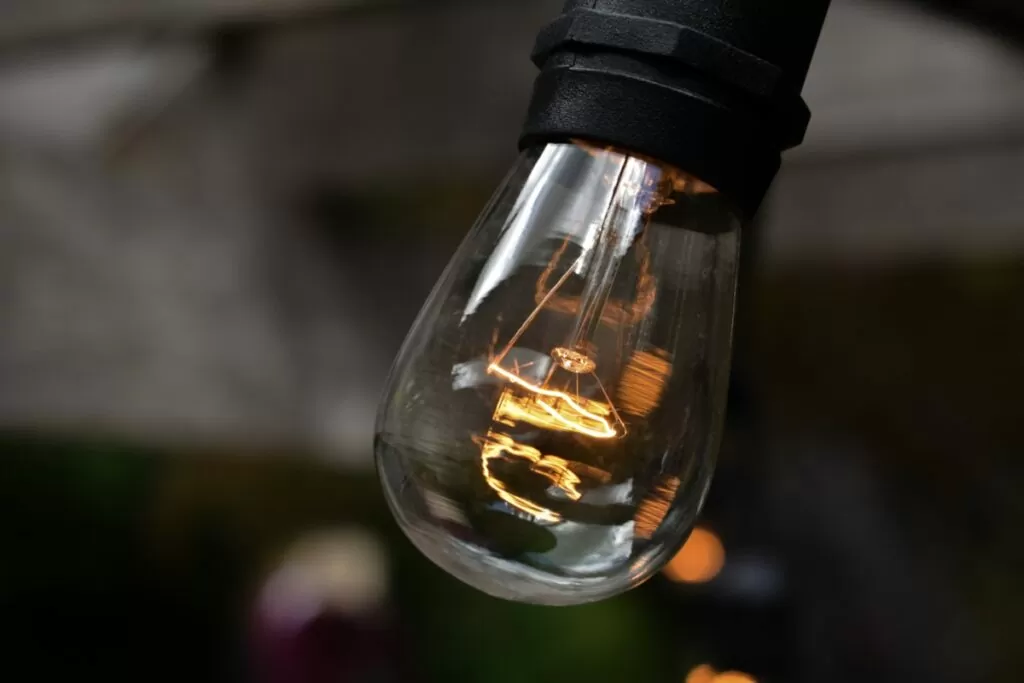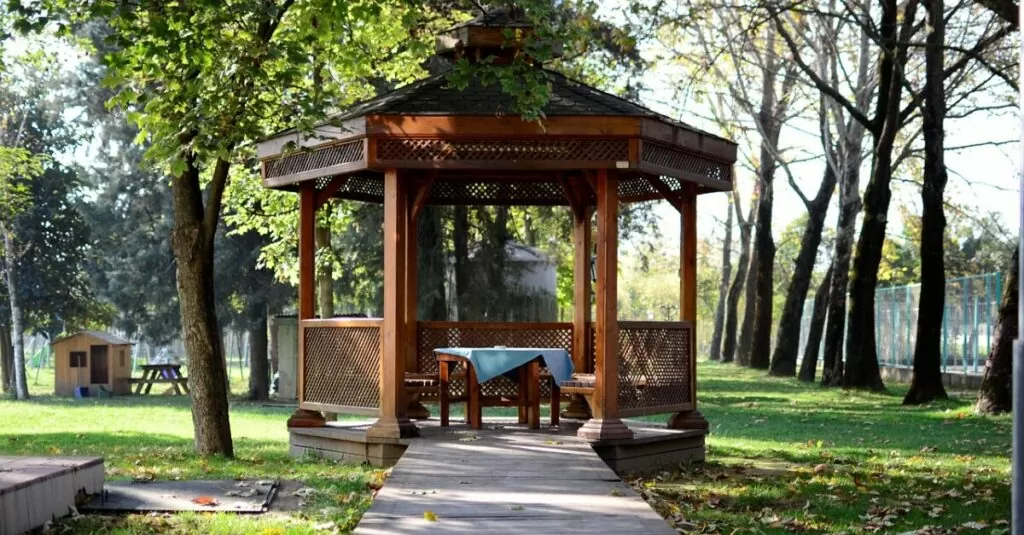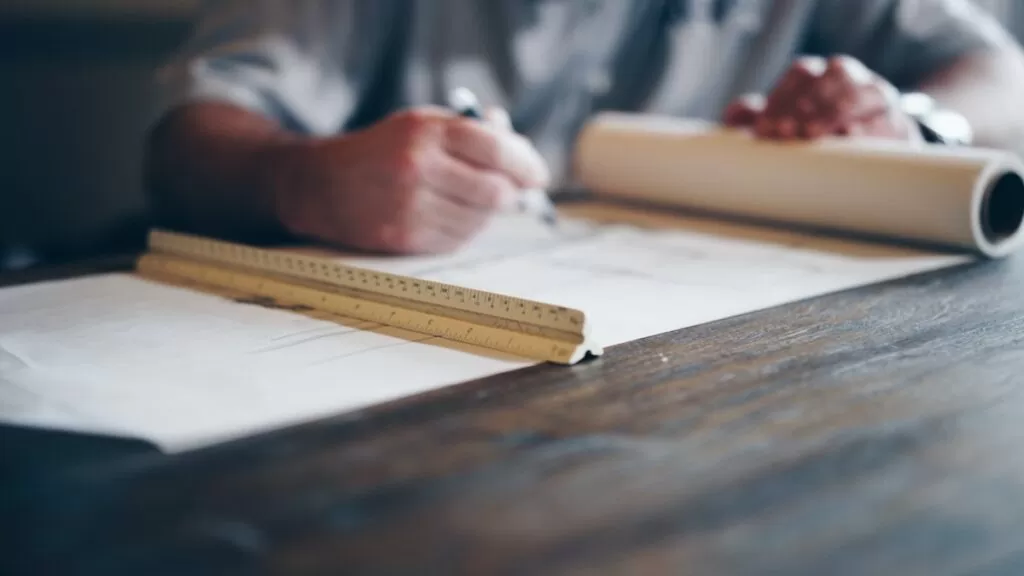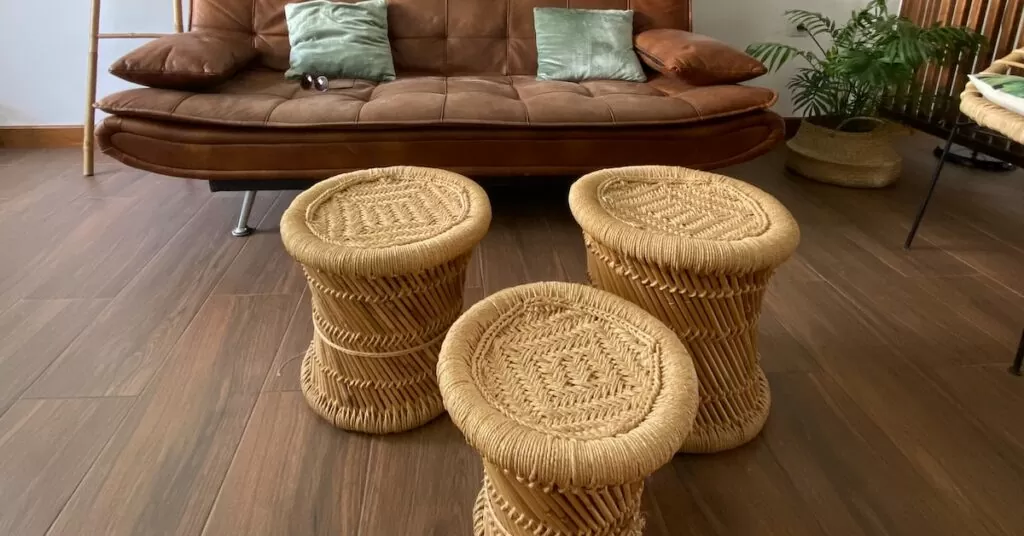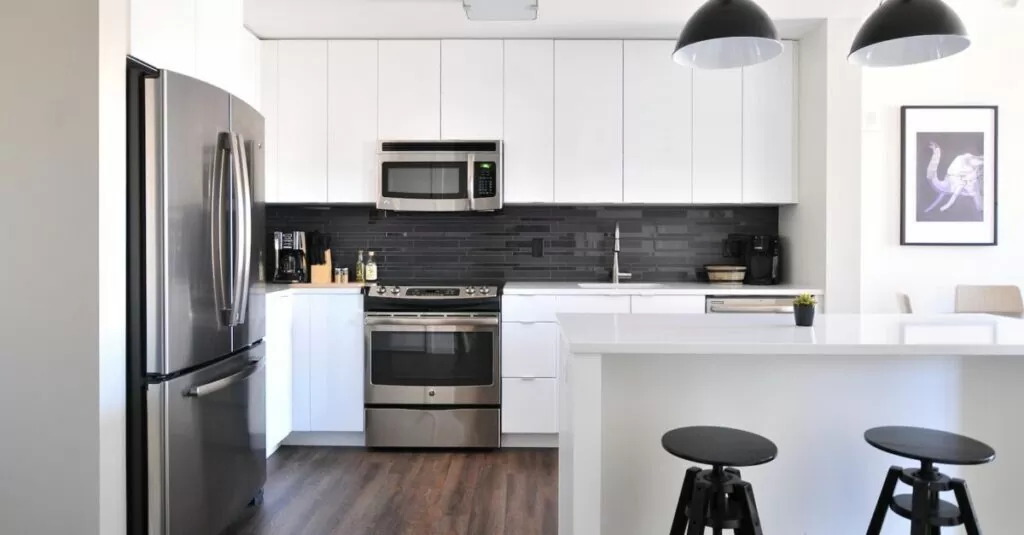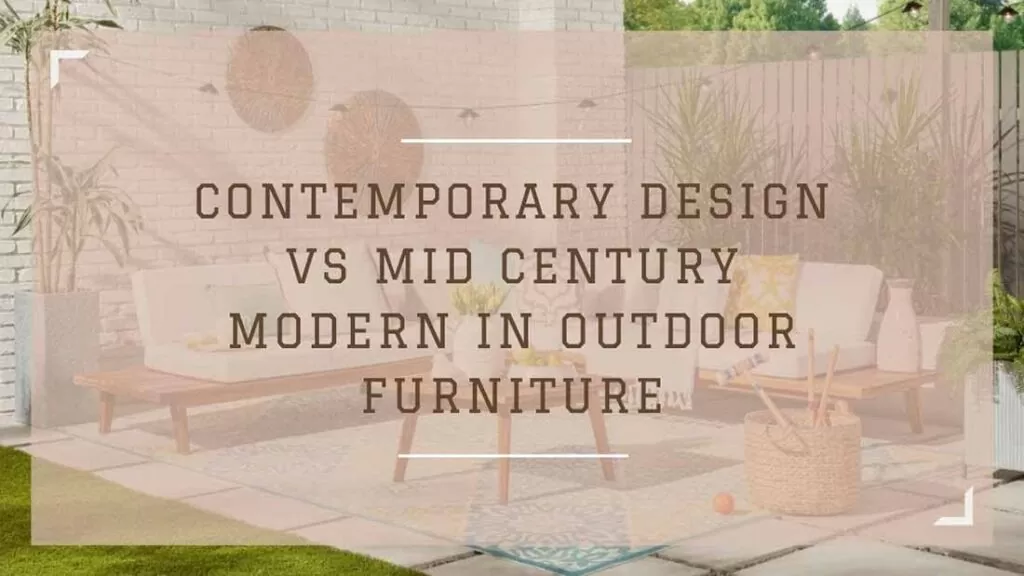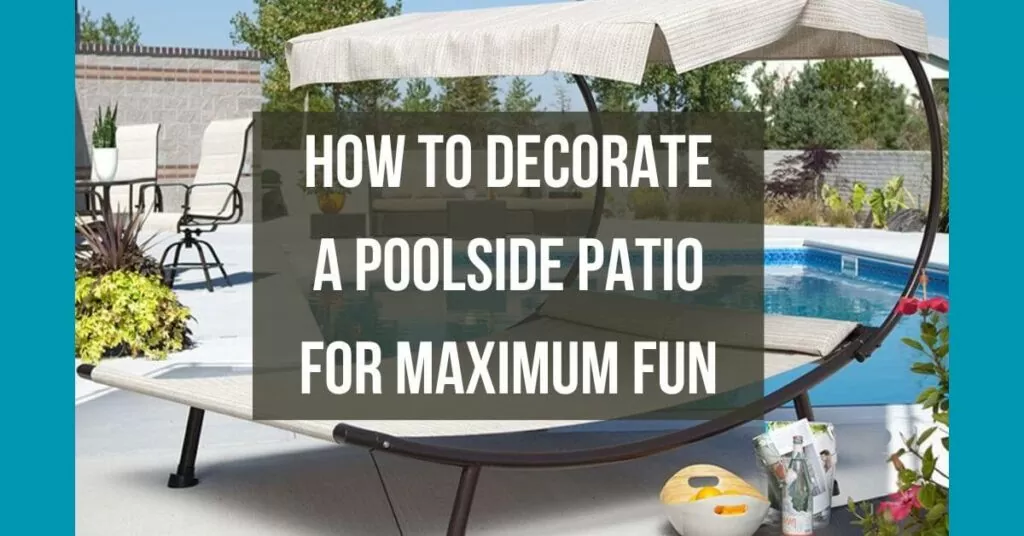A backyard patio with comfortable and stylish outdoor furniture is one of life’s greatest luxuries. But, have you ever stopped to consider the hidden depths and undercurrents of patio furniture design? In this blog post, we’re going to explore the unexpected link between outdoor furniture design and psychology and unlock the secrets of designing with emotional cues.
You’ll learn why it’s important to think beyond the physical elements of design and delve into the real, underlying motivations behind outdoor furniture choices. We’ll explore how to use psychology to create attractive, comfortable outdoor furniture and develop the perfect outdoor living space. So grab a cold one (coffee, wine, your choice :), kick back, and let’s uncover the secrets of outdoor furniture design with psychology!
The Basics of Outdoor Furniture Design
Outdoor furniture design is an intriguing combination of style and utility. Every successful design must find a balance between aesthetic appeal and practical considerations for the user. The basic elements of outdoor furniture design are comfort, durability, and flexibility. Practical considerations include the size, type, placement, and materials used for construction.
Style is also an important consideration. Outdoor furniture should coordinate with its surroundings to create a cohesive look. Consideration must be given to the color scheme and shape of the pieces as well as their material composition. For example, wooden chairs in a rustic setting will create a more inviting atmosphere than plastic chairs in a contemporary garden.
Durability is another essential factor when designing outdoor furniture. Weather can cause even the best crafted pieces to deteriorate quickly if they aren’t able to withstand moisture or exposure to sun and wind. Researching the appropriate materials and examining how they will hold up under different conditions is key to creating furniture that will last long-term.
Patio furniture should include flexibility when it comes to arrangements and use. It should be able to fit into any kind of space as needed, whether it’s for relaxing with friends or hosting large gatherings. Pieces need to be movable to leave room for changes in seating arrangements or storage solutions when necessary.
Outdoor patio furniture design requires careful thought on both aesthetic and practical levels in order to achieve an ideal balance between them both. An understanding of these basics when it comes to designing modern patio furniture can help achieve desired results for a pleasing and functional living space outdoors.
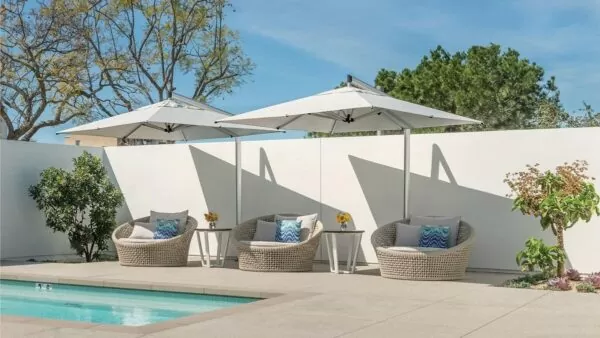
The Psychology of Aesthetics
The psychological impact of aesthetics means different things to different people. When it comes to outdoor furniture design, the materials and colors used can have both a positive and negative affect. Studies show that visual cues can appeal to certain emotions, from feelings of warmth and familiarity or joy, to a sense of coolness and luxury.
A neutral color palette with simple shapes can create a calming atmosphere. This type of design allows for a more mental and physical relaxation due to its less imposing aesthetic features. Colors like off-white or light pastel shades are believed to have an energizing quality while also creating a visually comfortable environment that can be transcending and inspiring.
Some people view vibrant colors in outdoor design as a way to make any area pop with life and energy. Bold hues like bright shades of orange or yellow can make any space seem more vivacious and invigorating, adding more excitement to outdoor activities such as picnics or BBQs. Contrasting colors, like greys and whites, may also bring intrigue by providing an interesting backdrop for other objects like plants or furnishings.
These psychological effects should not be overlooked when designing outdoor furniture; however there are many other considerations such as comfort and style that go into the design process.
Making Seating Comfortable and Stylish
When it comes to outdoor furniture design, seating comfort and style go hand in hand. Comfort is paramount for any furniture to be successful, but incorporating style is also important for creating pieces that stand out and keep appeal and interest over time. While there is no one-size-fits-all answer to designing comfortable and stylish outdoor furniture, the following are a few suggestions that can help you find the right balance.
Seating ergonomics should play an very important role in the design process. This means that furniture should support natural body movements, curves, and postures in order to maintain posture and reduce strain on the spine, joints and muscles. To achieve this, look for elements such as seats that are deep enough for adequate support and cushioning or chairs with armrests that offer good lumbar support. Elements like these are particularly important when designing seating for often used spaces such as patios or decks.
Style is also important for creating pieces that will draw people’s attention. Incorporating modern shapes and silhouettes can add a sense of elegance and sophistication, while bold colors can be used to create an eye-catching element in any outdoor space. Materials such as aluminum metal frames and wicker seating provide interesting textures that contrast against other elements in your space as well. For an updated look, consider mixing traditional styles with modern materials or combining various forms of wood like teak with unexpected hues.
With a bit of creativity and ingenuity you can create stylish furniture pieces that maintain comfort in any outdoor environment. By paying attention both to ergonomic constraints and aesthetic needs you can balance the two key aspects of making seating comfortable and stylish.
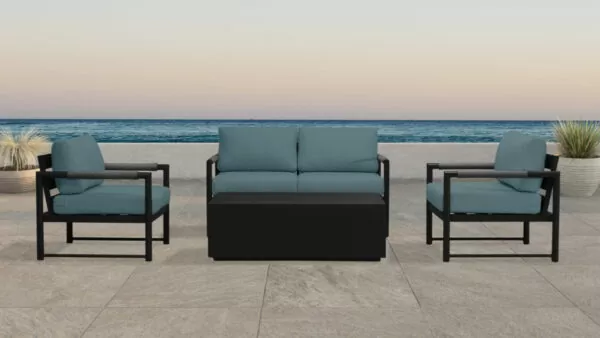
The Psychology of Materials & Colors
The choice of materials and colors used in outdoor furniture design can be as important as the structure and style. When considering the psychology of materials and colors, it is important to note that certain shades and tones evoke different emotions. For example, cooler tones such as blues and greens can create a calming atmosphere in an outdoor space, while warmer tones such as oranges and yellows can bring a burst of energy to an area. The type of material used can also be influential; wood may evoke a sense of warmth and naturalness, while metal might connote strength and durability.
When selecting materials and colors for an outdoor furniture design project, it is critical to take into account the specific space and environment it will be placed in. Altering the color scheme of a garden patio or courtyard to match the surrounding landscape could both increase usability and aesthetic appeal by blending seamlessly within the existing backyard design scheme. Likewise, selecting durable materials such as steel or stone could be essential if the outdoor area is exposed to constant wind or weather conditions.
But remember that too much patio furniture coloring should not be used either since this could result in a distracting effect for guests. Additionally, combining too many materials could draw attention away from any one particular piece of furniture which could hinder its overall stylistic effect. Thus, it is necessary to find the right balance between imposing aesthetics yet still keeping with practicality when deciding on material choices and color themes for an outdoor furniture design project.
The psychology of materials and colors is thus a complex yet integral part of outdoor furniture design, as they play a key role in defining the overall look, feel and functionality of any given space.
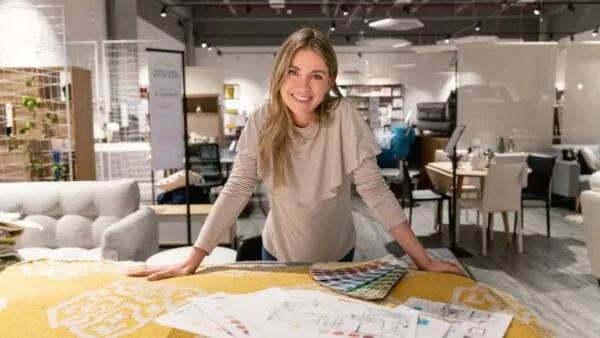
Incorporating Nature and the Environment
When outdoor furniture is being designed, incorporating nature and the environment into the build should be a high priority. Nature and the environment can give off an overall calming, tranquil vibe to any outdoor space. By using natural materials and colors that mimic elements of the outdoors, you can create a more inviting atmosphere which is less intimidating than one filled with artificial colors, fabrics, and luxury items. Nature inspires us to be our best selves and this connection can be felt in modern outdoor furniture design. There are some arguments against incorporating nature elements directly into outdoor furniture designs (The Home Design Institute has a pretty definitive list of pros and cons). Some believe that this minimalist approach strikes a balance between nature’s authenticity and modern design concepts. While natural looking furniture can help blend in with the surrounding environment, it could also run the risk of becoming boring or indistinguishable from existing furniture. Too much nature can lead to an over-simplified design which may not engage users or capture their attention. It is important to find a healthy balance between natural materials and bold accents that add character to an otherwise mundane fixture. This balance provides a contrast and will give your design interest without detracting from its natural features. When deriving inspiration from nature, think of how you can be creative while also keeping things relatively simple - enough to blend in with the rest of your outdoor furniture. Incorporating nature into outdoor furniture design is key for creating a tranquil, beautiful space to relax in outdoors. But too much natural elements without proper accents can become dull and underwhelming. To achieve maximum impact and satisfaction with your outdoor furniture design, it’s important to carefully consider the balance between nature and other accessories so as to create harmony in your space.
The Psychology of Shapes & Seasons
When it comes to outdoor backyard furniture design, the shapes and seasons can play a key role in influencing user behavior. There is significant evidence from psychology to suggest that certain shapes can have a direct impact on how people interact with and feel about their environment. Squares, for example, are seen as reliable, peaceful and trustworthy, while circles evoke feelings of warmth and happiness. Meanwhile, jagged lines can evoke feelings of tension and apprehension.
Furthermore, when combined with the seasonal context of patio furniture, the end result can be even more powerful. During the winter months, colder shapes such as squares may be more appropriate as they provide a calm, trustworthy aesthetic while during the summer months circles may be better suited depending on the desired sensibility of the piece.
Given how important psychological factors are in outdoor furniture design, savvy designers should keep these considerations in mind when designing products for different seasons. Outdoor furniture has the ability to create an entirely new atmosphere – one that encourages users to engage more deeply with their environment. By taking advantage of both shape psychology and seasonal elements, designers can unlock a whole different level of design potential for outdoor furniture projects.
The preceding section has demonstrated how shape psychology and seasonal elements can be used to create aesthetically pleasing designs for outdoor furniture projects.

Mood, Emotional Stimulus and Functionality
Mood, emotional stimulus and functionality are all essential components of contemporary outdoor furniture design and can significantly influence the overall look and feel of a space. Mood has the power to shift an atmosphere from drab to warm, welcoming and inviting. Emotional stimulus helps create an atmosphere that encourages people to linger, host gatherings, and become comfortable in the space. And functionality plays a large role in making sure both mood and emotional stimulus are effective. When designed well, outdoor furniture should not just look good—it should have practical applications as well.
Decorating with outdoor patio furniture, it’s important to find the balance between providing comfort, usability, and aesthetic appeal. To accomplish this balance, designers can take cues from psychology to understand how different materials, colors, shapes and textures affect people emotionally when used in outdoor settings. They must also consider where pieces are placed within the space in order to maximize the effect on one’s mood. In terms of functionality, designers need to make sure that their creations are functional as well as aesthetically pleasing. Practicality is key: outdoor furniture needs to work together within a space in order for everything to flow seamlessly and harmoniously.
Designers may debate whether aesthetics or functionality should be given priority when creating outdoor furniture. While there is no one-size-fits-all answer, it is crucial that either be given adequate consideration in order for the piece to have an impact on emotion or mood while also being usable and safe. Ultimately, by combining psychology with out-of-the-box thinking, designers can successfully create unique outdoor pieces that cater to both form and function—thereby elevating patio furniture design into something greater than merely furnishing a backyard area with comfortable seating.
Backyard & Garden Trends in Outdoor Furniture Design
Backyard and garden trends in outdoor furniture design have seen a shift in the past few years, towards eco-friendly designs that take into account the environment. Emerging trends are characterized by furniture which is simple yet stylish, with an obvious focus on sustainability. The use of materials from reclaimed teak wood to woven rattan wicker has surged in popularity, as well as vivid colors and minimalistic shapes. Backyard furniture should be easy to clean, resistant to weathering, and require less maintenance for longevity. An increasing amount of furniture designers are also prioritizing designs that help protect the environment, such as pieces made out of recyclable materials or those that utilize solar-powered technologies.
There are still many homeowners who prefer classic style outdoor furniture designs with more ornate features and structures. Designs such as these maintain their relevance over time due to their timeless appeal and luxurious aesthetic. High end outdoor furniture often relies on different types of weatherproof fabrics, strong hardwoods, and stainless steel frame constructions, offering good value for money when maintained properly.
Understanding the needs of your customers, along with keeping up with the changing trends will offer you great insight into what type of outdoor furniture designs can bring success to your business. This understanding must go beyond just the aesthetics though – it’s important to consider if psychology has been taken into account too.
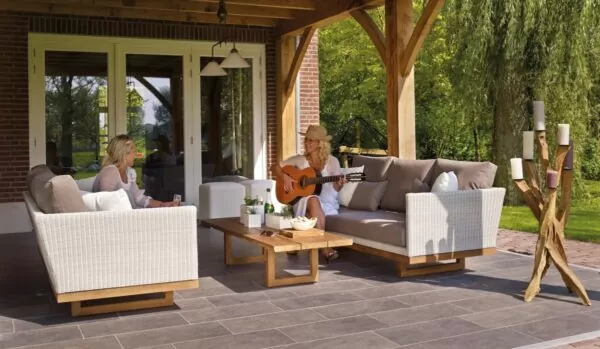
The Takeaway: Putting Psychology First in Outdoor Furniture Design
The application of psychological principles to outdoor furniture design is an increasingly popular trend for established and emerging designers alike. By leveraging the knowledge of how people think, feel, and behave in certain environments, designers can create more thoughtful spaces both indoor and outdoors. Through incorporating elements such as color theory, material selection, and ergonomics, designers are able to use psychology to create more effective and comfortable designs.
The importance of considering the psychological backdrop while designing or selecting outdoor furniture should not be overlooked. Psychology plays a role in every aspect of our lives and influences our decisions on a daily basis. Whether it’s choosing a chair or determining the layout of a patio space, we are subconsciously making decisions based on our own internal factors. Even when these choices are made inconspicuously, they can have an overwhelming impact on the overall success or failure of an outdoor space.
When applied correctly, psychology can provide invaluable insight into the best ways to optimize a space for comfort, function, and aesthetics. Incorporating elements that appeal to the senses will draw people in even further and foster a sense of relaxation in anyone who enjoys the space. Through carefully examining traditional notions about how people interact with their environment, designers can produce one-of-a-kind pieces that truly cater to individual preferences and needs.
Taking a mindful approach to designing outdoor spaces by putting psychology first is sure to pay off in the long run. While there is no single formula that applies across all design projects, using psychological principles as a guide will help inform and illustrate how people respond to various aspects of their outdoor environment. However, there is always room for debate on whether psychology should be used as the sole guiding factor when designing outdoor spaces due to potential conflicts between individual preference and societal norms. In any case, taking time to understand the power of psychology behind outdoor furniture design could be the key to ensuring tailor-made solutions that work in harmony with each person’s unique wants and needs.

Todd is a co-owner of Patio Productions and has worked extensively in the furniture industry since 2002, when he started a company that designed and manufactured bathroom vanities. He now has a hand in all online business operations, including keeping tabs on industry trends and making sure Patio Productions remains an innovative leader in the outdoor furniture space. He lives just outside of Denver, Colorado with his wife, two boys, and two dogs. They live on a lake where they can make the most of the outdoor lifestyle. His favorite patio furniture sets are his Harmonia Living sectionals.

